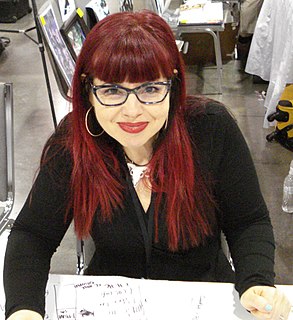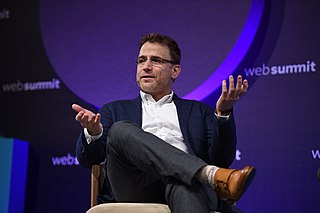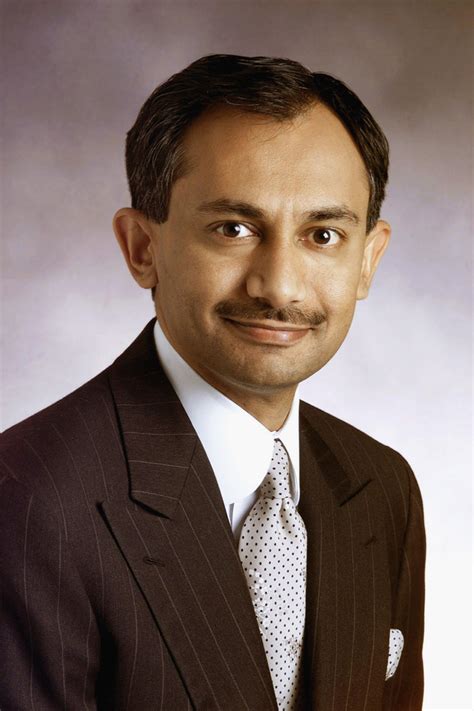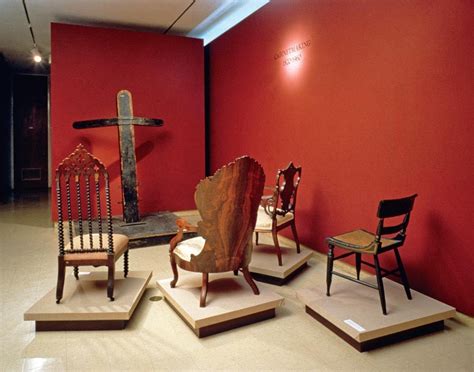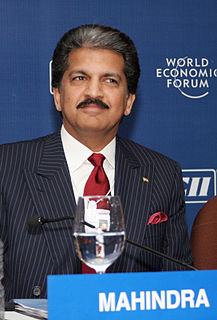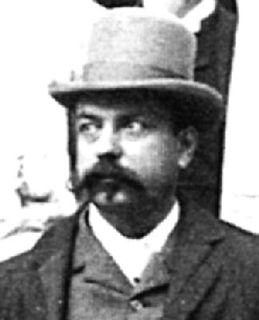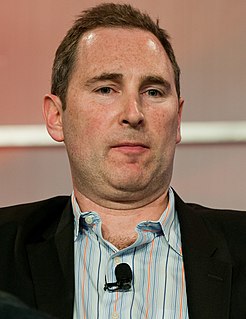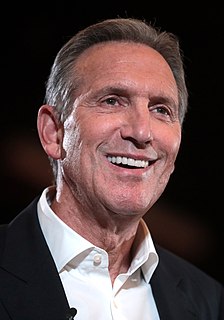A Quote by Kelly Sue DeConnick
The reader is not the customer. The retailer is the customer. So I try to have as much interaction with the retailers as possible because those are my customers.
Related Quotes
The outside-in discipline requires that you have an explicit customer-based reason for everything you do in the marketplace. Managers need to create what I call "customer pictures," verbal descriptions of customers that highlight the key customer characteristics and make those customers come alive. Although managers never know as much about customers as they want and need to know, the outside-in discipline requires that they construct customer pictures anyway, basing the pictures on whatever hard data they have plus hypotheses and intuition.
Traditional sales and marketing involves increasing market shares, which means selling as much of your product as you can to as many customers as possible. One-to-one marketing involves driving for a share of customer, which means ensuring that each individual customer who buys your product buys more product, buys only your brand, and is happy using your product instead of another to solve his problem. The true, current value of any one customer is a function of the customer's future purchases, across all the product lines, brands, and services offered by you.
The most common way customer financing is done is you sell the customer on the product before you've built it or before you've finished it. The customer puts up the money to build the product or finish the product and becomes your first customer. Usually the customer simply wants the product and nothing more.
Look, I think that when we started Virgin Atlantic 30 years ago, we had one 747 competing with the airlines that had an average of 300 planes each. Every single one of those have gone bankrupt because they didn't have customer service. They had might, but they didn't have customer service, so customer service is everything in the end.
